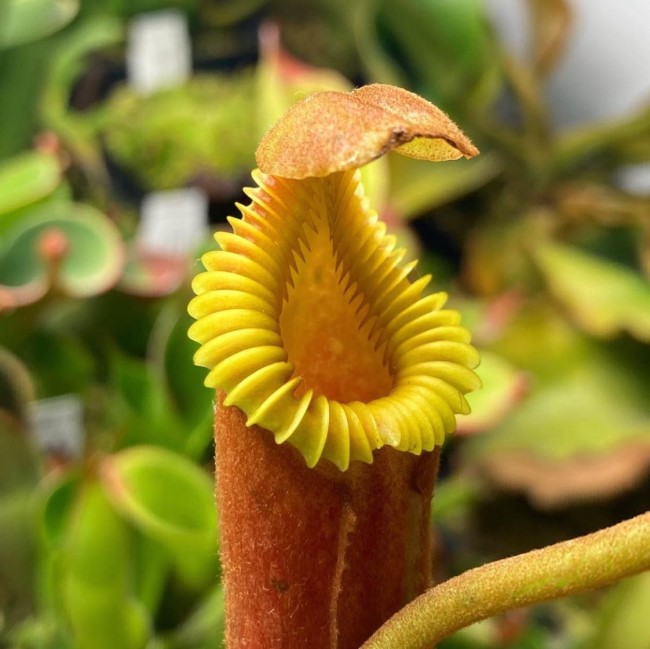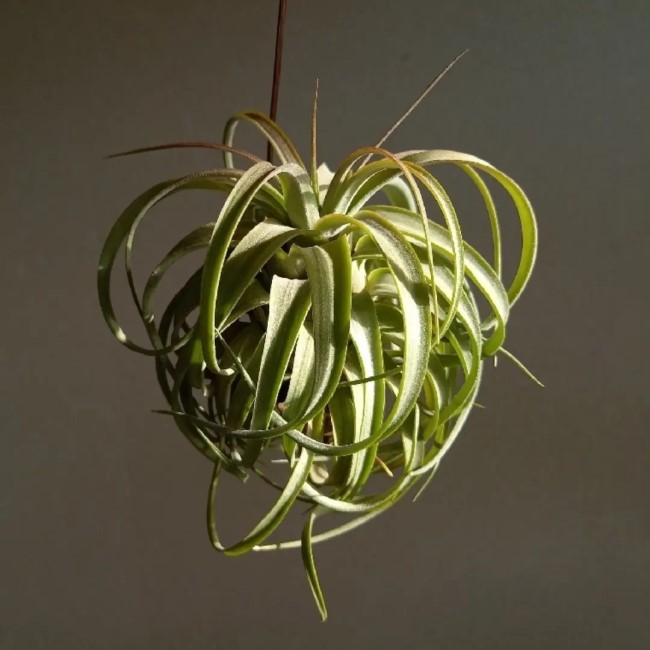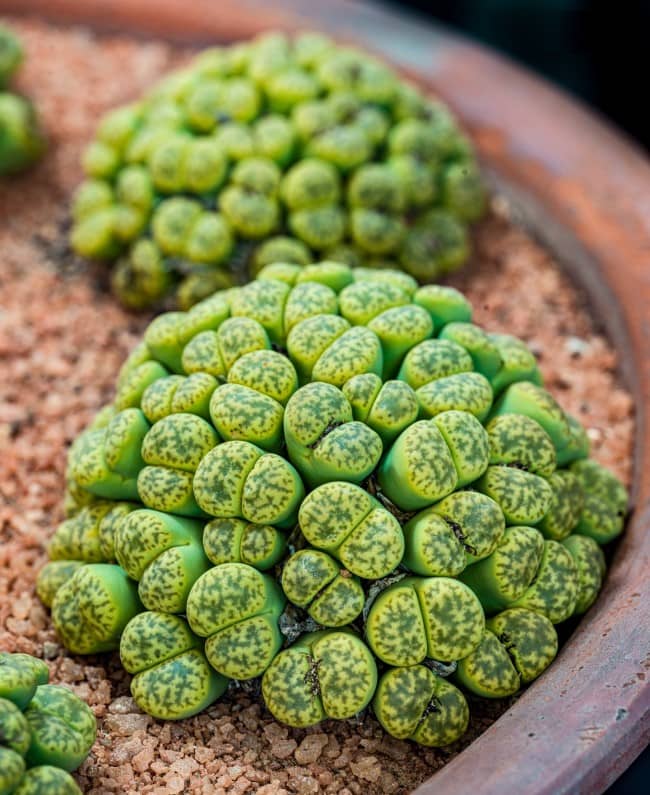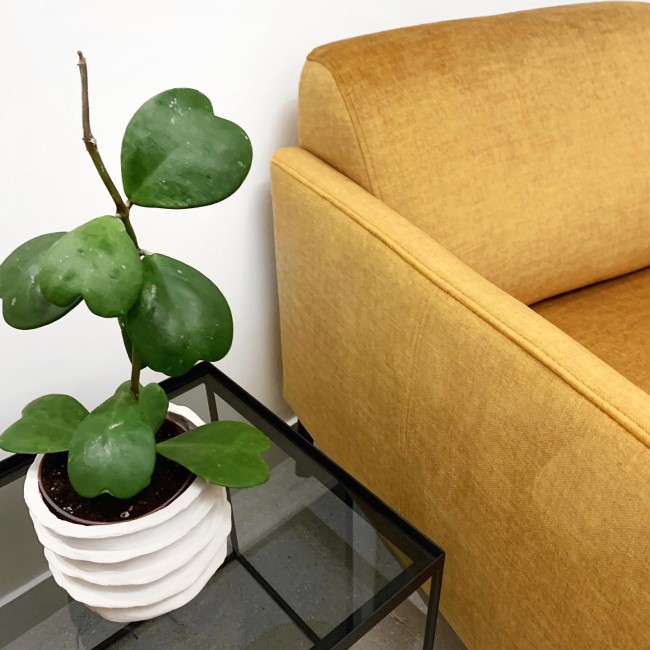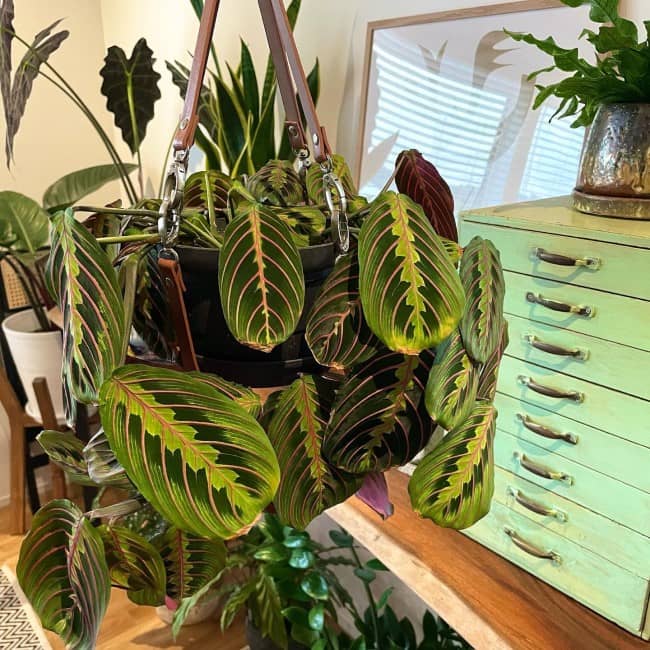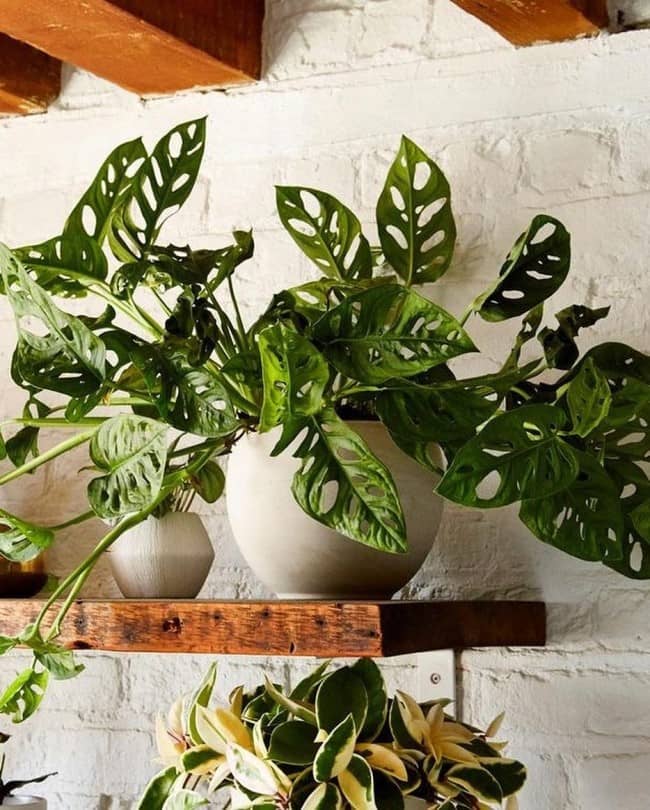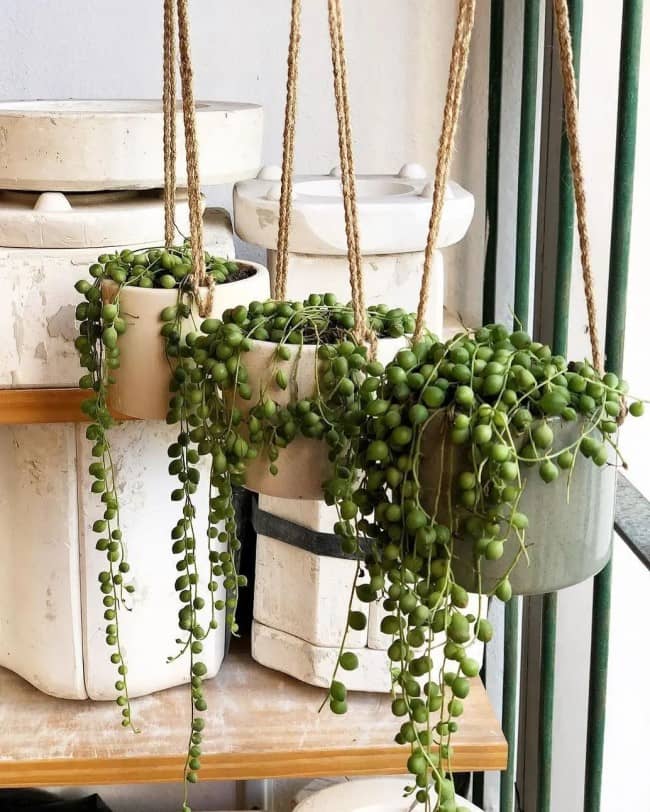
7 Must-Have Unique Plants To Add Visual Interest to Your Home
Are you looking for plants that’ll incorporate visual beauty into your home? If you’re into something interesting or unique that’s not usually found around the neighborhood, this post can help.
Plants are known to be good for your health. And besides making you feel better, they can also enhance a space. With countless plant varieties, you don’t have to settle for the common ones and pick one that matches your taste.
If you’re tired of seeing that dull corner in your home, here are seven truly one-of-a-kind plant pieces.
1. Pitcher Plant (Nepenthes)
This carnivorous plant looks unusual but elegant. The “pitchers” are unique leaves that grow funnel-shaped and release secretions that attract tiny insects. On the other hand, the “hood,” extending on top of the pitcher, prevents rainwater from diluting the lethal liquid inside.
In the right environment, pitcher plants bloom and produce exceptional flowers too. They make unique decorations with a set of upper wings at the top and long-hanging sepals in the middle. The colors can range from lime green to purple.
Pitcher plants are herbaceous perennials. They blossom in spring, then wither and go dormant in winter. They can spread to several feet in diameter while growing in clumps. Depending on which pitcher plant variety you choose, they can grow six to 36 inches tall.
Care instructions:
- Light exposure – bright, indirect light;
- Soil requirements – well-draining peat soil and needs to be acidic (4.5 to 5.5);
- Watering needs – soil needs to be moist all the time; use rainwater.
2. Tillandsia (Air Plant)
When it comes to air plants, you have plenty of choices, and they all look unique. Their name came from the fact that they don’t grow in soil, meaning there’s less care required. The tillandsia, for instance, can be easily attached to beams or any decorative shell– you can even hang it upside down!
Air plant blooms are quite showstoppers too. The flowers grow long and tubular, surrounded by modified leaves of unique shades of pink, purple, red, and orange. The best thing about air plants is that you can grow them in anything, making them easier to incorporate into a home.
Care instructions:
- Light exposure – bright, indirect light;
- Soil requirements – no need;
- Watering needs – wet the plant twice or thrice a week (soak for five to ten minutes) depending on the air’s humidity.
3. Lithops (Living Stones)
How about growing living stones for a change? They look so bizarre that those who are unfamiliar would think they’re real stones.
Lithops are desert plants with two modified succulent leaves that look like pebbles. They grow among rocks and sand in dry regions. Depending on the variety, you can enjoy a colorful palette of browns, blues, reds, oranges, and grays.
While lithops grow slowly, you’ll be surprised by their bright and colorful flowers when they bloom. Sometimes, they’re even more significant than the plant itself! Lithops can be hard to find in local nurseries; if you need help finding them, try to shop for plants online.
Care instructions:
- Light exposure – bright, indirect light;
- Soil requirements – well-draining cactus potting mix;
- Watering needs – only water when the soil has drained completely; reduce watering in winter.
4. Hoya Kerrii (Variegated)
This plant is aptly named after the unique shape of its leaves. Glossy and flat, they look like romantic pendants. No wonder it’s a famous gift for plant lovers on Valentine’s Day.
Hoya kerrii is a succulent vine that’s easy to prune and produces round clusters of beautiful, star-shaped flowers. It’s an easy-to-grow plant perfect for beginners and stays as a souvenir for a long time.
Care instructions:
- Light exposure – bright, indirect light;
- Soil requirements – well-draining cactus potting mix with a pH of mildly alkaline to mildly acidic;
- Watering needs – water sparingly every two or three weeks.
5. Prayer Plant (Maranta Leuconeura)
What makes prayer plants stand out are their eye-catching foliage patterns. The egg-shaped leaves have attractive fishbone patterns of pink and purple veins. Because of its unique design and color, it’s a perfect decoration for a boring space.
This showy indoor plant got its common name because its leaves fold together at night like praying hands. It’s a small houseplant that you can easily set on a table or in your office to brighten an area.
Care instructions:
- Light exposure – bright, indirect light;
- Soil requirements – two parts peat moss or one-part loam soil and one part perlite;
- Watering needs – water frequently during the growing season, and never allow the soil to dry fully.
6. String of Pearls (Senecio Rowelyanus)
Are you looking for something to hang on your balcony? You might fancy a basket of string of pearls plants. This succulent looks like trailing green peas, which makes it stand out.
The plant is literally spherical, which is why its name comes from a necklace of pearls. The blooms of this plant come in round clusters of star-shaped, bright little flowers. But you may have to do away with this plant if you have pets and kids, as it is toxic.
Care instructions:
- Light exposure – bright, indirect light;
- Soil requirements – well-draining cactus potting mix;
- Watering needs – water only when the soil has dried completely.
7. Swiss Cheese Plant
What makes this plant weird but also eye-catching is its glossy green leaves with oval holes. This plant also blooms cream yellow spathe and spadix, similar to a peace lily.
The odd foliage of the Swiss cheese plant makes a lovely focal point in a hollow space. If you want something green and unique, you’ll never go wrong with this plant.
Care instructions:
- Light exposure – bright, indirect light; direct light can burn its leaves;
- Soil requirements – well-draining peat soil;
- Watering needs – wait for the first inch of soil to dry before watering; don’t overwater.
Unusual but Beautiful
From plants that look like pearls to ones that trap insects with modified leaves, they can lighten up any home. Whichever of the seven plants you fancy, make sure to consider the plant’s hardiness zone. Your unique plants are most likely to thrive if they grow in an ideal location.

